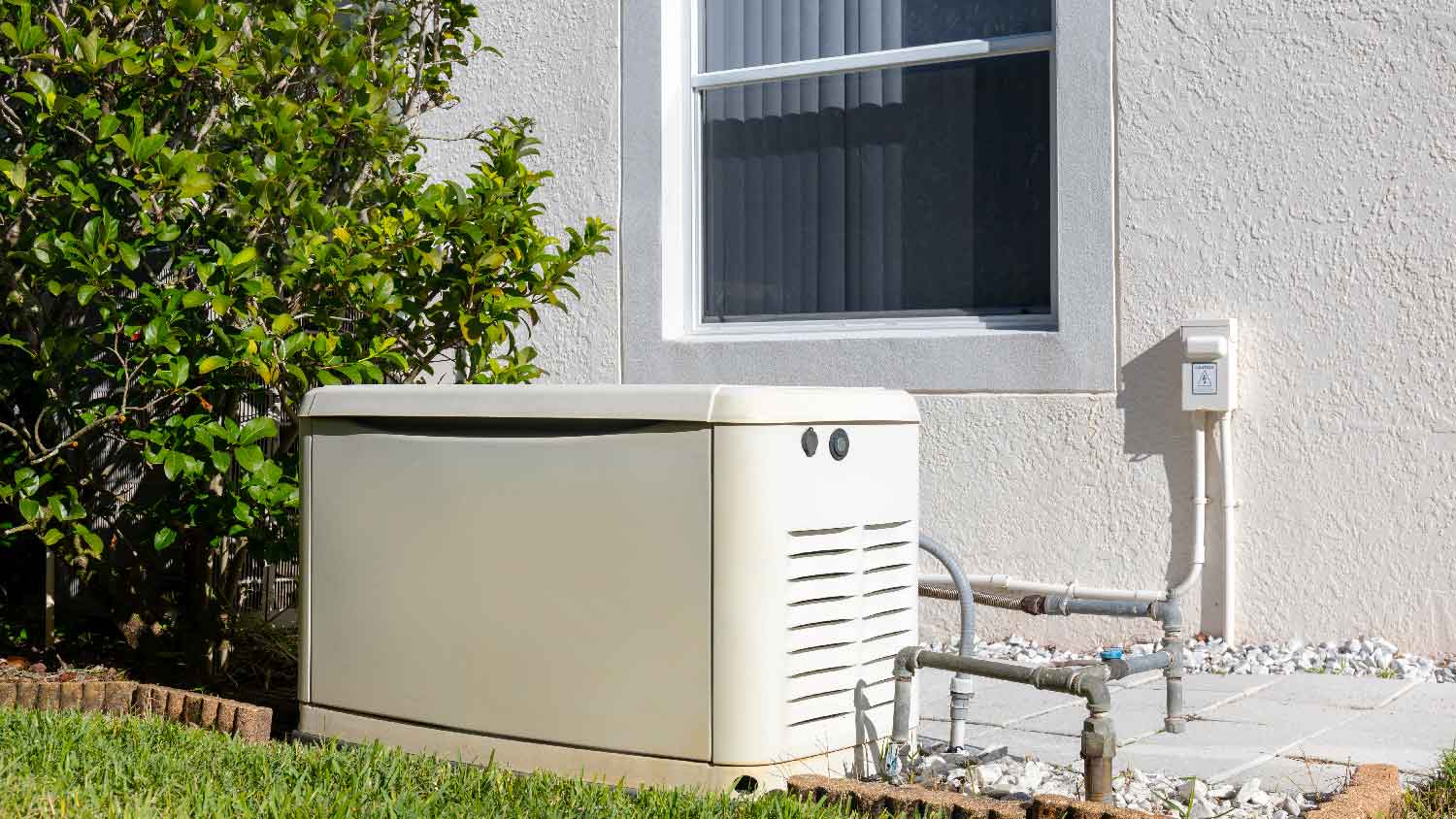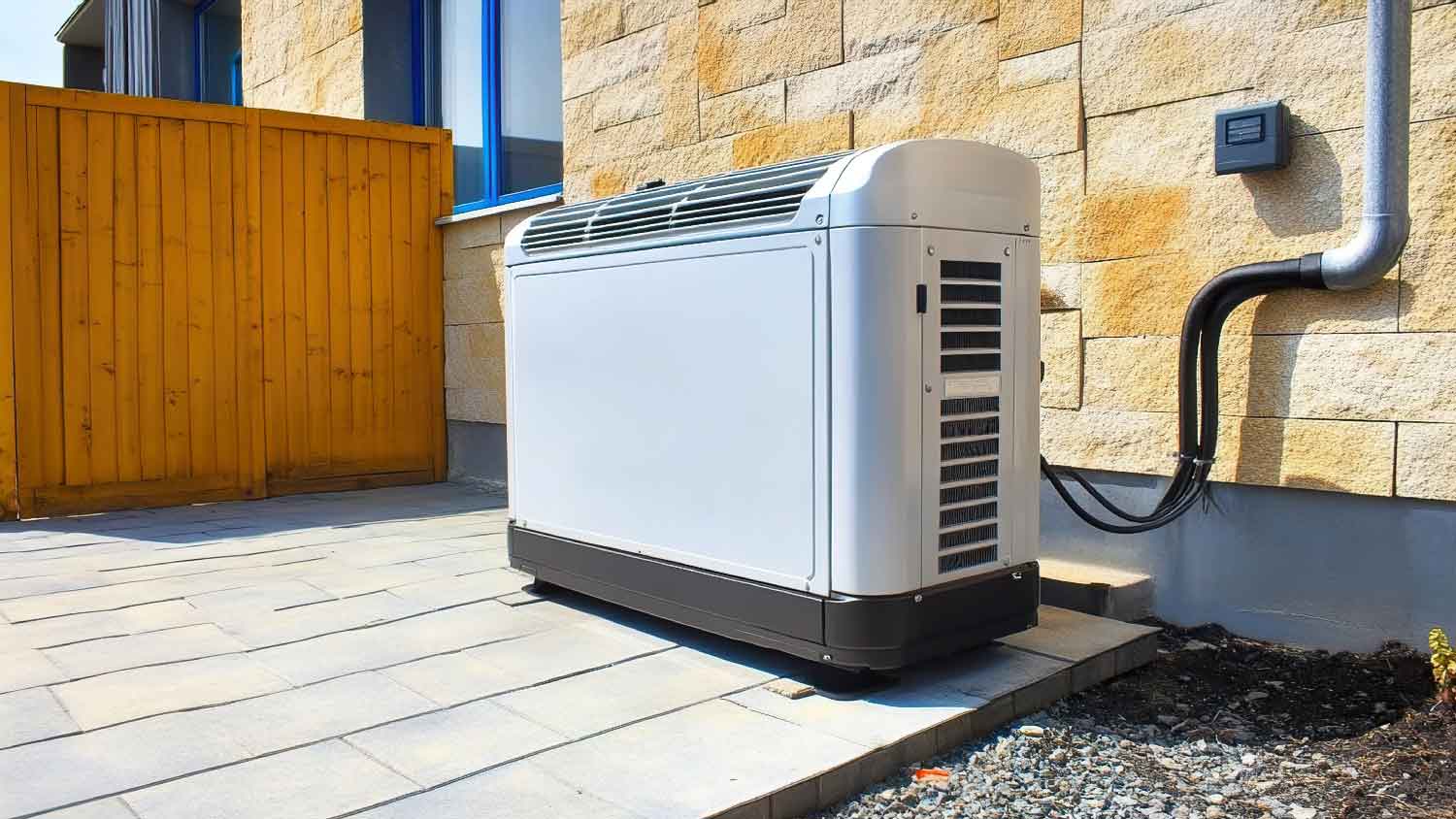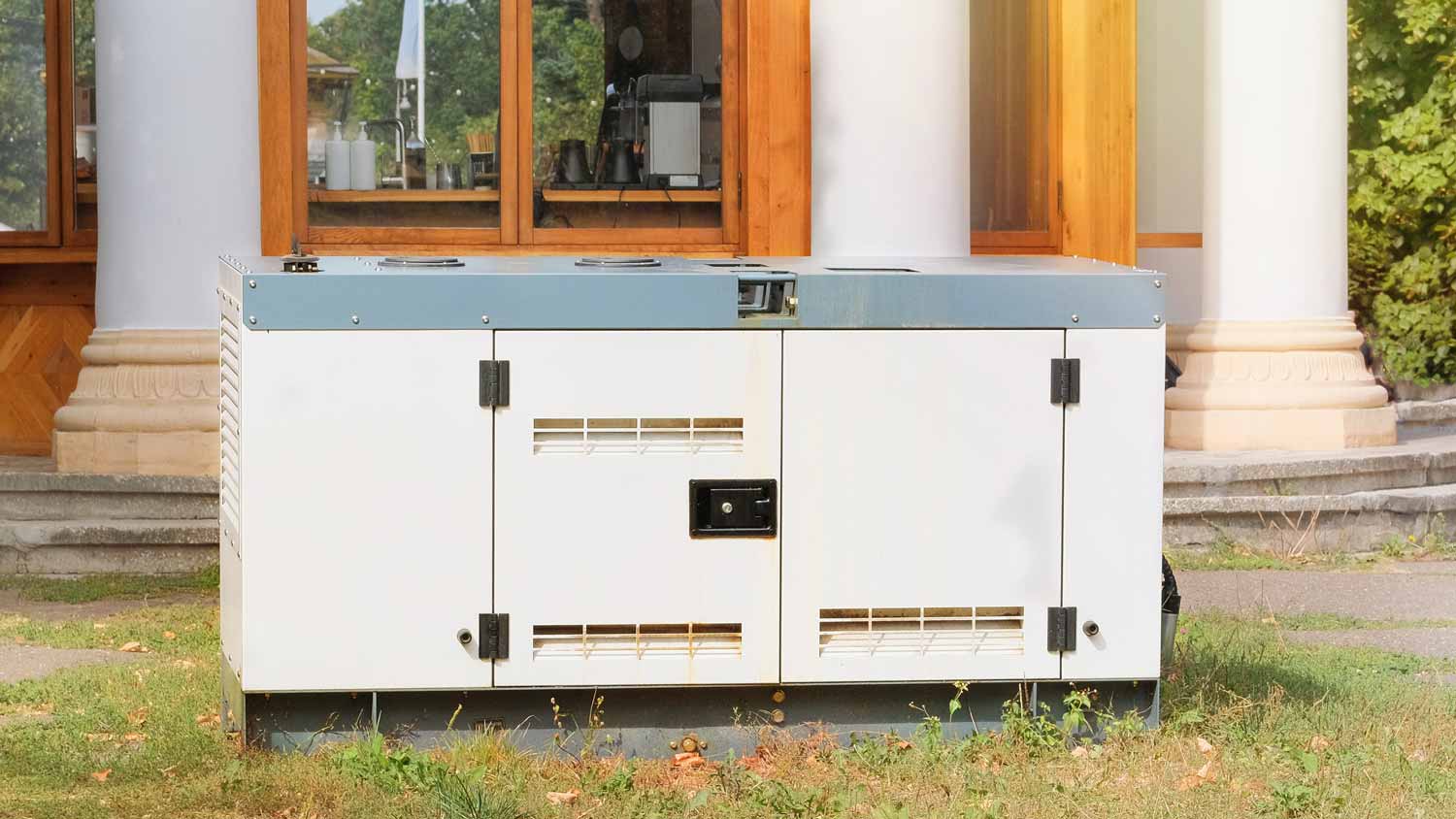Diesel Generator Maintenance Services: 10 Steps to Know
Fuel up with facts on maintenance
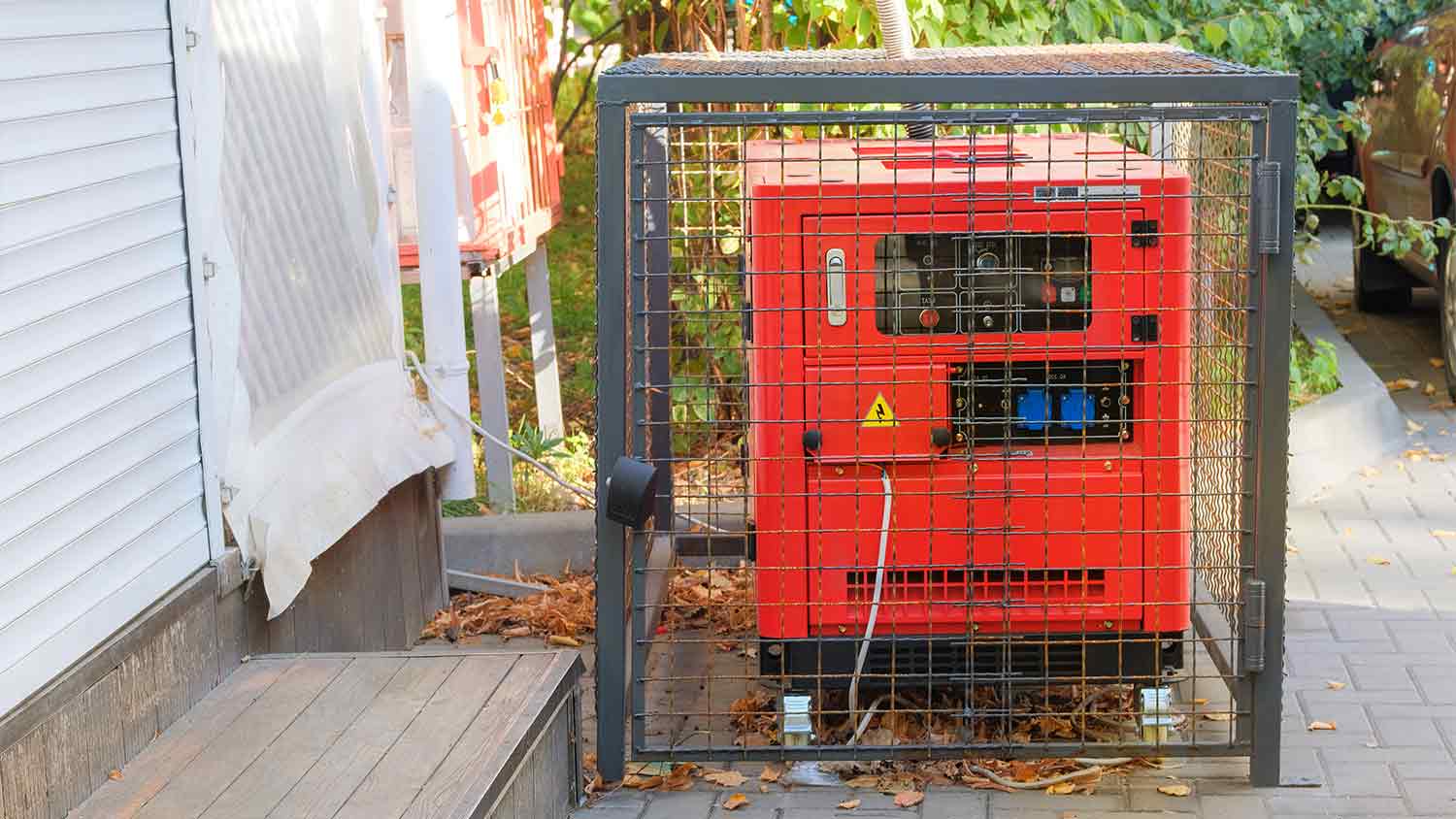

Diesel generators use stable, efficient diesel as a fuel, which is readily available and keeps for up to two years.
In addition to the diesel engine, the generators have alternators, starter batteries, and other components that require maintenance services.
Some diesel generator servicing, like checking fuel and oil, should be done regularly while the generator is in use.
Other checks, like air and fuel filters or coolant levels, are made every year before the generator enters its heaviest use.
Replacing spark plugs and batteries is best done every few years or as the generator needs.
Diesel remains a longstanding and popular generator fuel because of its stability, efficiency, and widespread availability. However, diesel generators require maintenance services, ranging from fuel testing to replacing oil filters. The good news is that it’s primarily DIY work, with occasional tasks for a generator professional. Here’s what you can expect from diesel generator service.
What Is a Diesel Generator?
Diesel is one of the common fuels used to power generators, especially larger versions like whole-house or backup generators. As a fuel, diesel is more stable than gasoline, and it can last for up to two years with minimal storage requirements. Diesel is very easy to access or schedule for delivery, even in emergencies. Depending on your location, diesel may be very affordable compared to other fuels, such as propane.
The engine inside a diesel generator has a cooling and exhaust system, a lubrication system, a main assembly frame and more. Many of these components require proper maintenance throughout the generator’s life to extend its viability, especially if it’s run frequently.
What Type of Maintenance Does a Diesel Generator Need?
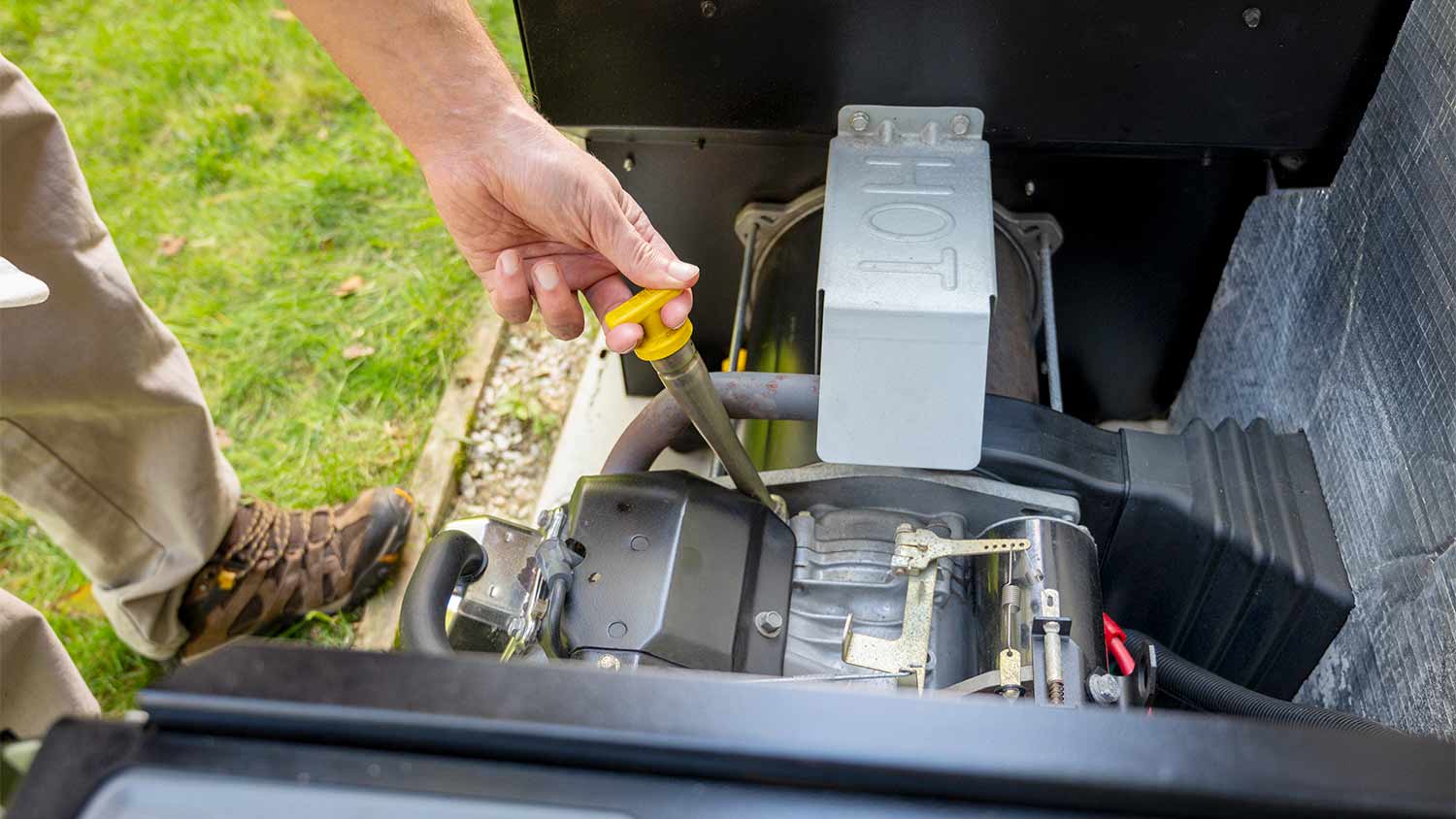
When choosing a diesel generator, factor the time and costs these vital service steps require.
General Cleaning
Cleaning is very important for generator health, as it keeps dust from entering the vulnerable parts of the generator and reveals structural issues.
Conduct a general dusting when prepping the generator for a new season of use, as well as after the storm season ends.
Wipe down the enter generator assembly frame carefully.
Look for signs of leaks, loose screws, or corroding wire contacts that indicate further repairs are needed.
Check the exhaust system for clogs or leaks.
Changing Oil
Like all fuel engines, diesel generators need oil to stay lubricated and reduce wear and tear.
Diesel generators need an oil change for every 50 to 60 hours of use, depending on generator size and location.
While it’s in use, check oil levels every few days and prepare to regularly replace it (the generator will need to be off for this step).
Replacing Oil Filters
Changing oil filters is an easy but important step of DIY maintenance. We recommend changing your diesel generator’s oil filter annually or every 100 to 200 hours of use—whichever comes first. Keep a stack of spare oil filters and change them out whenever you change the oil.
Replacing Fuel Filters
Many diesel generators have fuel filters, which keep the diesel clean and lasting as long as possible. Expect to replace the fuel filter every year of generator use.
Fuel Testing
You should test the viability of the diesel in your generator’s fuel tank for purity and any notable problems. You can find testing kits and swabs at most automotive stores or online. Replace any diesel that’s aged poorly, or add diesel additives to help preserve fuel when necessary.
Replacing Air Filters
Most diesel generators have filters to ensure they’re drawing on the cleanest air possible for the air-fuel mix used in combustion. They’re very important for smooth, quiet, and efficient operation of generators, and with regular use, you should replace the air filter every year.
Checking Coolant
Some diesel generators may use coolants to reduce temperature issues and prevent overheating. You should check your coolant levels every month during seasons of heavy generator use, or every few days while running your generator. Always use the precise type of coolant that your generator’s user manual recommends.
Changing Spark Plugs
Check engine spark plugs for general health and signs of damage like cracking when you clean. You can expect to replace generator spark plugs every 100 hours of use. Depending on how often you power up, you can expect to replace spark plugs as often as every year.
Cleaning and Testing the Battery
Most diesel generators use a battery to power up their starter. Make sure the battery is powered up before heavy use of the generator. During general cleaning, look for signs of corrosion or damage on the battery. Most batteries have test options on the battery or control panel that make it easy to test. Batteries can last for several years without replacement, but their maintenance is very important because the generator can’t functionwithout them.
Load Bank Testing
Load bank testing analyzes how well the diesel engine performs when it’s under the full electrical load for a house. It’s a good idea to arrange for load bank testing when installing a backup generator, as well as after you’ve expanded your home or the electronic devices you use. Load bank testing is typically performed by a generator technician to ensure accuracy.
DIY vs. Hiring a Pro
Most scheduled diesel generator maintenance can be a DIY project, except for professional load bank testing. However, these tasks can add up to a lot of work, requiring specialty tools and equipment. Many generator owners prefer to arrange for a professional service visit to check up on the system, usually once per year before storm season. You can expect to pay between $170 and $400 for full generator service for a large generator.
How to Keep Diesel Generator Maintenance to a Minimum
Four important practices will help keep diesel generator maintenance to the minimum:
Mount the generator correctly: The generator should be in a cool, dry spot, on a level floor (usually cement), away from exterior walls or other objects.
Replace aging diesel fuel: When diesel reaches the end of usable life, it’s usually better to replace it rather than save it with additives.
Practice maintenance steps before seasonal use: Complete your maintenance tasks before heavy use or storm season to avoid costly repairs when you need it most.
Exercise the generator: Don’t let your generator sit for long periods (such as a full year) without use. Instead, every few months, perform a quick startup routine and partial load on the generator to keep it active and check how the components are operating.
Frequently Asked Questions
The frequency of service to a diesel generator depends on the unit, how much it is used, and what parts need maintenance. You should check fuel levels and oil levels regularly during use, as much as once a day or two. Other maintenance tasks like cleaning or replacing fuel filters should be done seasonally or twice a year. Professional load bank testing and steps like replacing sparks plugs can be done every year or two.
You can expect a diesel generator to last for up to 30,000 hours of use, which works out to 20 to 25 years with the proper maintenance, of course. That depends on how much you use it, so a diesel generator used for emergencies a couple of times a year will last a lot longer than a generator that takes over for a faulty electrical grid every month for a day or two.
While diesel is relatively stable, it won’t last nearly as long as propane and you may have to replace it if it sits unused for too long. Diesel can sometimes struggle to work efficiently or start engines during especially cold weather, so it’s not the best choice for every climate. Compared to fuels like propane and natural gas, diesel generators tend to be noisier and create more exhaust, which isn’t always ideal for home use.
Sizing a generator is a careful process that requires calculating the electrical load of your entire house. You have to take into account every device you want to use and their wattage requirements, plus the wattage needed to start them, and look for a generator that can safely run all that at around 80% capacity.
In more practical terms, a small home can run on a 10,000-watt generator (and if you only want to power a few key appliances, much less than that). A mid-sized home may need something between 15,000 and 22,000 watts. Larger homes require 25,000 watts or more.


